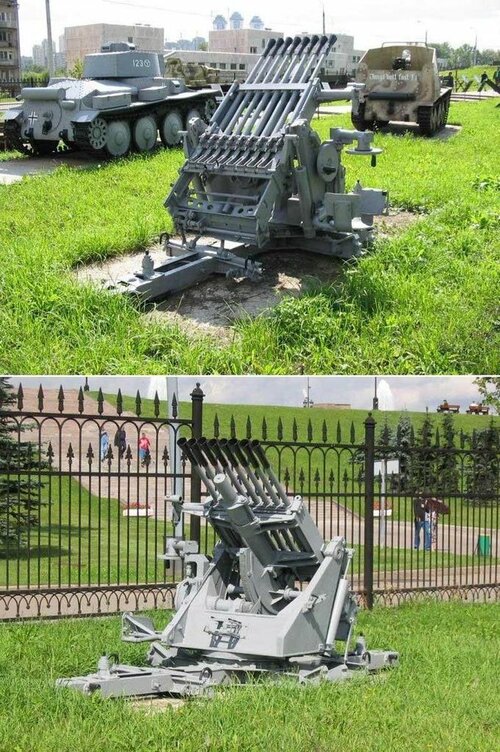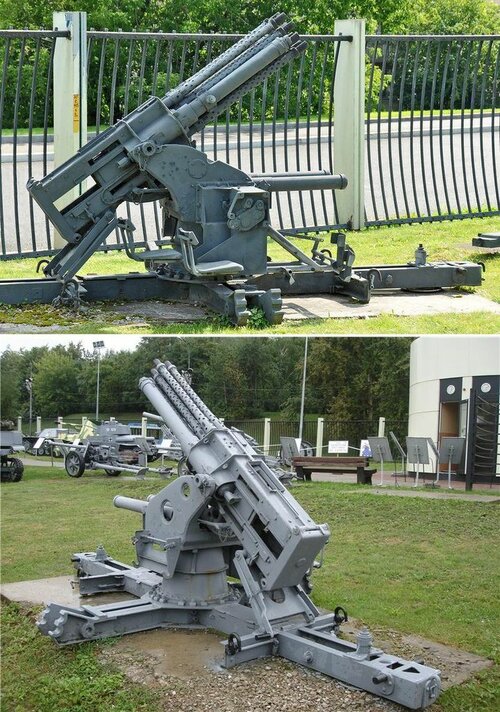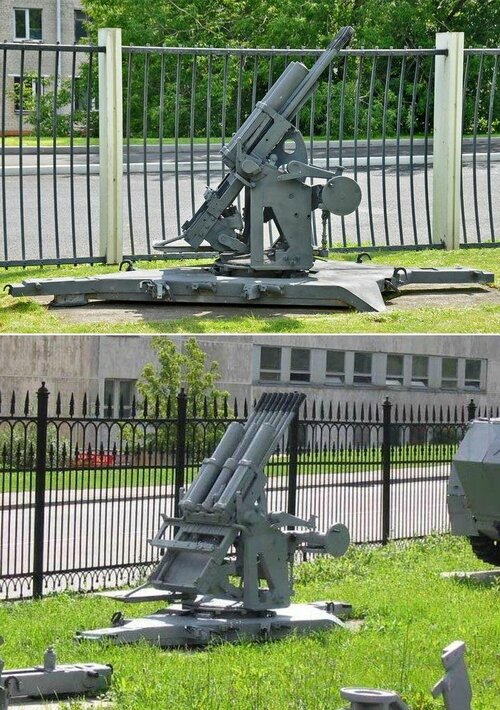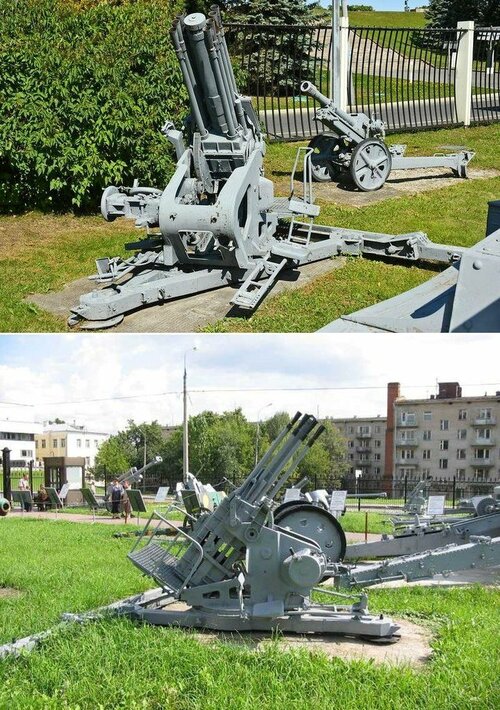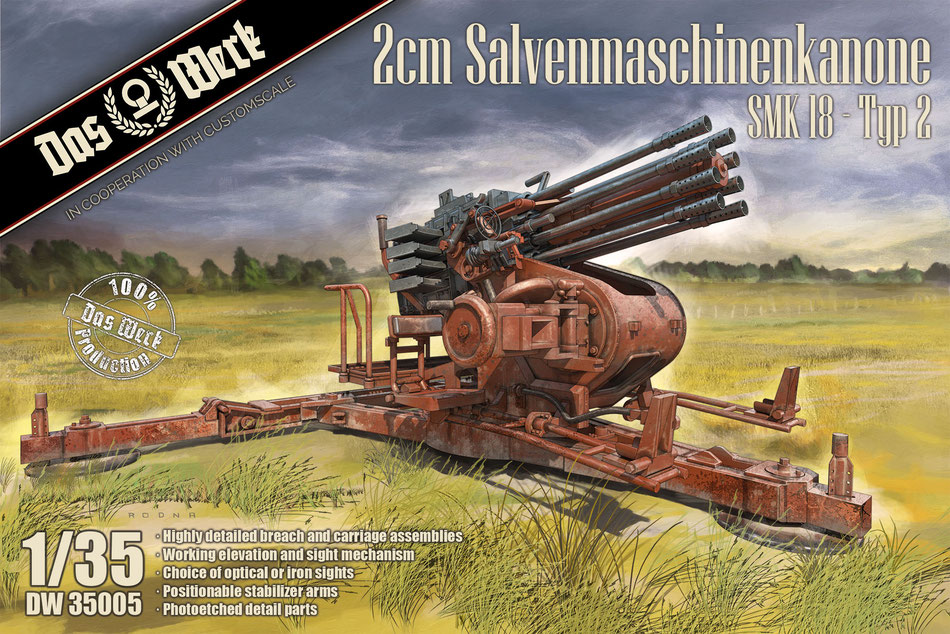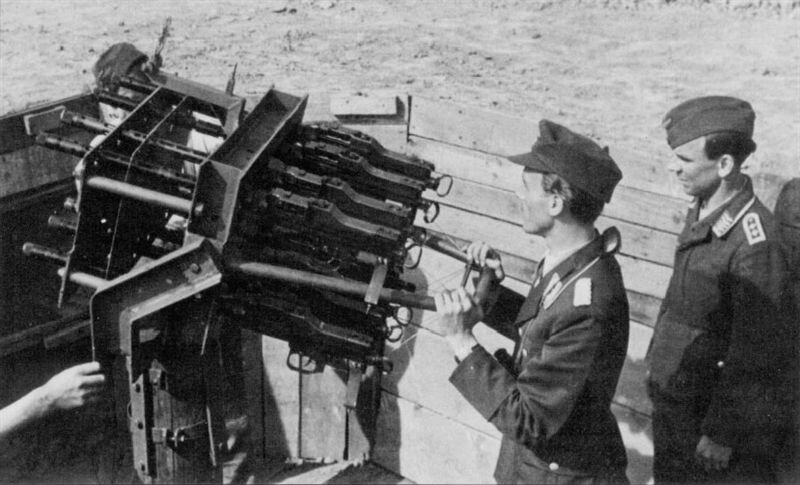klem
I really should change my personal text
- Joined
- 7 March 2015
- Messages
- 727
- Reaction score
- 1,633
Developed by Rheinmetall-borsig in the 1930s, the prototype anti-aircraft weapons salvenmaschinenkanonen 2-cm SMK 18, were never adopted for technical reasons. Other flaks were perfected and produced but these prototypes stored somewhere in Germany fell into oblivion and then came the end of the war and the rush of the allies to seize German weapons of all types. Years later, these prototypes reappeared, on the Russian side, a long-lost and forgotten find of the spoils of war seized after the war: the four prototype anti-aircraft weapons of Rheinmetall-Borsig, are exhibited in the park of a museum in Moscow.
 ( Waffen Revue 036-106-107-108-109-112-114 ) ( nuts-and-bolts-vol-03-pt1) (nuts-and-bolts-vol-08-pt2 ) ( https://henk.fox3000.com/nuts-n-bolts.htm )
( Waffen Revue 036-106-107-108-109-112-114 ) ( nuts-and-bolts-vol-03-pt1) (nuts-and-bolts-vol-08-pt2 ) ( https://henk.fox3000.com/nuts-n-bolts.htm )
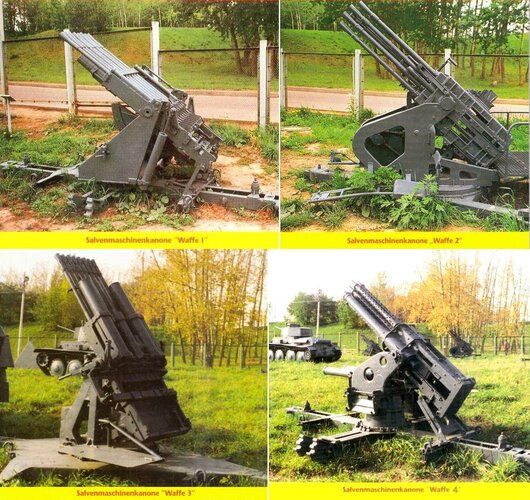 ( Waffen Revue 036-106-107-108-109-112-114 ) ( nuts-and-bolts-vol-03-pt1) (nuts-and-bolts-vol-08-pt2 ) ( https://henk.fox3000.com/nuts-n-bolts.htm )
( Waffen Revue 036-106-107-108-109-112-114 ) ( nuts-and-bolts-vol-03-pt1) (nuts-and-bolts-vol-08-pt2 ) ( https://henk.fox3000.com/nuts-n-bolts.htm )Attachments
Last edited:

